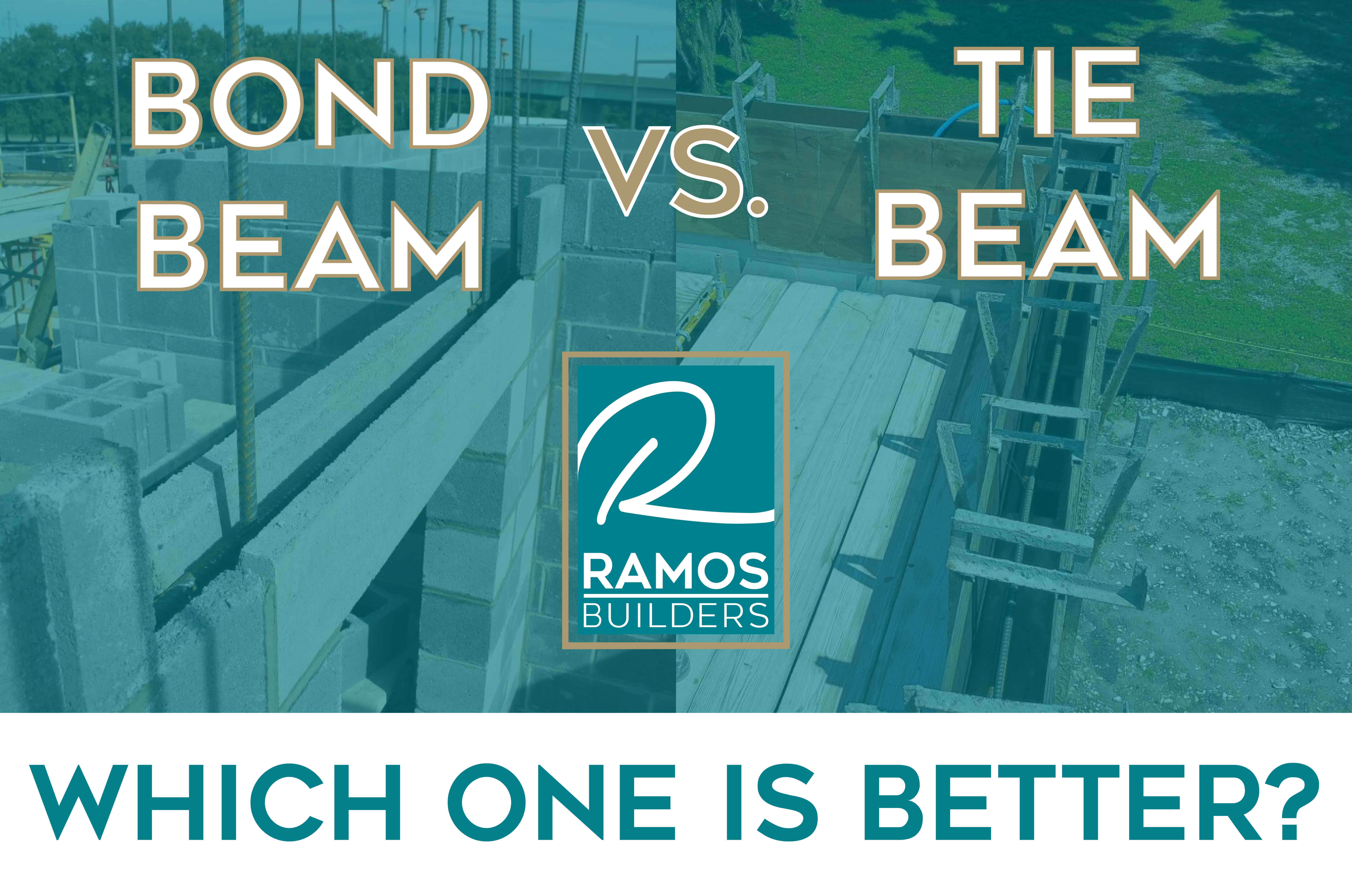Cape Coral, Florida, often referred to as the “Waterfront Wonderland,” is a city that boasts an extraordinary transformation from untouched swampland to a thriving waterfront community. Nestled along the Gulf of Mexico in Southwest Florida, it is now a vibrant city renowned for its extensive canal system, sunny weather, and laid-back lifestyle. The journey of Cape Coral’s development is a testament to human ingenuity, vision, and determination. This article explores Cape Coral’s fascinating history, from its origins to its status as a sought-after residential and vacation destination.
Before European settlers arrived, Cape Coral and the surrounding region were home to the Calusa Indians, an indigenous tribe known for their advanced engineering and fishing prowess. The Calusa used the area’s abundant resources, including the Gulf waters and estuaries, for sustenance and trade. Evidence of shell mounds and tools left behind by the Calusa indicates their deep connection to the land and sea.
The region’s lush mangroves, freshwater springs, and estuarine ecosystems made it an ecological gem. Long before development, the land we now know as Cape Coral was a vibrant natural habitat, supporting a rich variety of wildlife, from manatees to migratory birds.
In the 19th century, much of Southwest Florida, including Cape Coral, was considered uninhabitable swamp and wilderness. The region remained sparsely populated, primarily by settlers engaged in fishing and agriculture. However, under the Homestead Act of 1862, pioneers had an opportunity to claim up to 160 acres of land. These homesteaders were required to improve their property over five years by cultivating crops, building homes, or developing the land in some other substantial way.
This act attracted a few ambitious settlers to the region, though the challenges of disease, wildlife, and the harsh climate made life difficult. Most of the land remained undeveloped, but the act sowed the seeds of what would eventually become thriving communities across Southwest Florida, including what would later be Cape Coral.
The modern story of Cape Coral began in 1957 when two visionary entrepreneurs, Leonard and Jack Rosen, purchased over 100 square miles of land along the Caloosahatchee River. The Rosens envisioned transforming the uninhabited swampland into a master-planned community. They founded the Gulf American Corporation to execute their ambitious plans.
Their strategy centered on creating a unique waterfront community. Inspired by Venice, Italy, the Rosens designed an intricate canal system that would provide nearly every property with direct water access. The construction of over 400 miles of canals began in earnest, forever altering the landscape of Cape Coral. This canal system is now one of the largest in the world and the lifeblood of the city’s “Waterfront Wonderland” identity.
The Rosens’ marketing campaigns were as ambitious as their development plans. Utilizing innovative tactics, they showcased Cape Coral as a utopia for retirees, vacationers, and aspiring homeowners. Gulf American Corporation used a combination of print advertisements, TV commercials, and nationwide tours to drum up interest in their vision.
One of the most unique aspects of their marketing strategy was the inclusion of Cape Coral homes as prizes on popular game shows like The Price Is Right and other national programs. Winning a Cape Coral home became a coveted prize, further solidifying the city’s reputation as a dream destination. Additionally, the Rosens hosted elaborate sales events, offering potential buyers free plane rides to tour the area. This combination of creative marketing and accessible travel created immense public interest, and soon, Cape Coral became one of the most talked-about developments in the country.
Their marketing emphasized Cape Coral’s sunny climate, abundant fishing opportunities, and affordable waterfront properties. By the 1960s, Cape Coral had begun to attract residents from across the United States, particularly from colder northern states seeking a warmer, more relaxed lifestyle.
By 1964, Cape Coral’s population had grown enough to warrant the establishment of essential services and infrastructure. Roads, schools, and public facilities were built to support the burgeoning community. That same year, the Cape Coral Bridge was completed, connecting the area to Fort Myers and making the city more accessible.
Cape Coral officially incorporated as a city in 1970, solidifying its place as a thriving municipality. The city’s population grew steadily, driven by its reputation as an idyllic waterfront haven. New neighborhoods sprouted up around the canal system, each offering unique access to boating, fishing, and scenic views.
As Cape Coral grew, so did its economy and cultural offerings. While initially developed as a residential community, the city began attracting businesses, restaurants, and entertainment venues. The introduction of public parks, golf courses, and waterfront attractions further enhanced the city’s appeal.
Cape Coral also developed a distinct cultural identity. Annual events such as the Cape Coral Art Festival and the Red, White, and Boom fireworks show became local traditions. These events reflect the city’s community spirit and its commitment to celebrating life along the water.
Today, Cape Coral is one of the fastest-growing cities in Florida, with a population exceeding 200,000. It remains a beacon for those seeking a waterfront lifestyle, offering unparalleled access to boating, fishing, and watersports. The city’s picturesque canals, sunny weather, and friendly community make it a sought-after destination for retirees, families, and tourists alike.
Cape Coral has also become an economic hub, with a thriving real estate market, diverse industries, and a robust tourism sector. Its reputation as the “Waterfront Wonderland” is well-earned, as it continues to attract people from all walks of life.
Cape Coral offers a wide range of attractions and activities that celebrate its waterfront culture:
- Boating and Fishing: With access to the Gulf of Mexico, Pine Island Sound, and Matlacha Pass, Cape Coral is a paradise for anglers and boaters.
- Eco-Tourism: The city’s parks and preserves, including Rotary Park and Four Mile Cove, provide opportunities to explore Florida’s natural beauty.
- Cultural Events: Festivals, art shows, and community gatherings highlight the city’s vibrant social scene.
- Waterfront Dining: Restaurants along the canals and riverfront offer stunning views and fresh seafood.
- Cape Harbour and Tarpon Point Marina: Two bustling waterfront hubs with shops, dining, and live entertainment.
- Matlacha Pass Aquatic Preserve: A haven for kayaking, paddleboarding, and observing Florida’s diverse marine life.
- Golf Courses: Beautiful golf courses cater to enthusiasts seeking a scenic and challenging game.
- Yacht Club Community Park: Featuring a beach, fishing pier, and a community pool, this park is a favorite among residents and visitors.
Cape Coral continues to grow and evolve. Urban planners are addressing the challenges of sustainability and infrastructure, ensuring the city can accommodate its expanding population. New developments, such as mixed-use projects and eco-friendly neighborhoods, aim to enhance the city’s appeal while preserving its natural beauty.
The city’s future remains closely tied to its waterways, which define its character and attract residents and visitors alike. Cape Coral’s story is far from over, as it continues to shine as a unique and dynamic community in Southwest Florida.
From its beginnings as swampland to its emergence as a thriving city, Cape Coral’s journey is a remarkable tale of vision and transformation. Known as the “Waterfront Wonderland,” it offers a lifestyle that blends natural beauty, recreational opportunities, and modern conveniences. As Cape Coral moves forward, its rich history and enduring charm will continue to shape its identity, making it a jewel of Florida’s Gulf Coast.




